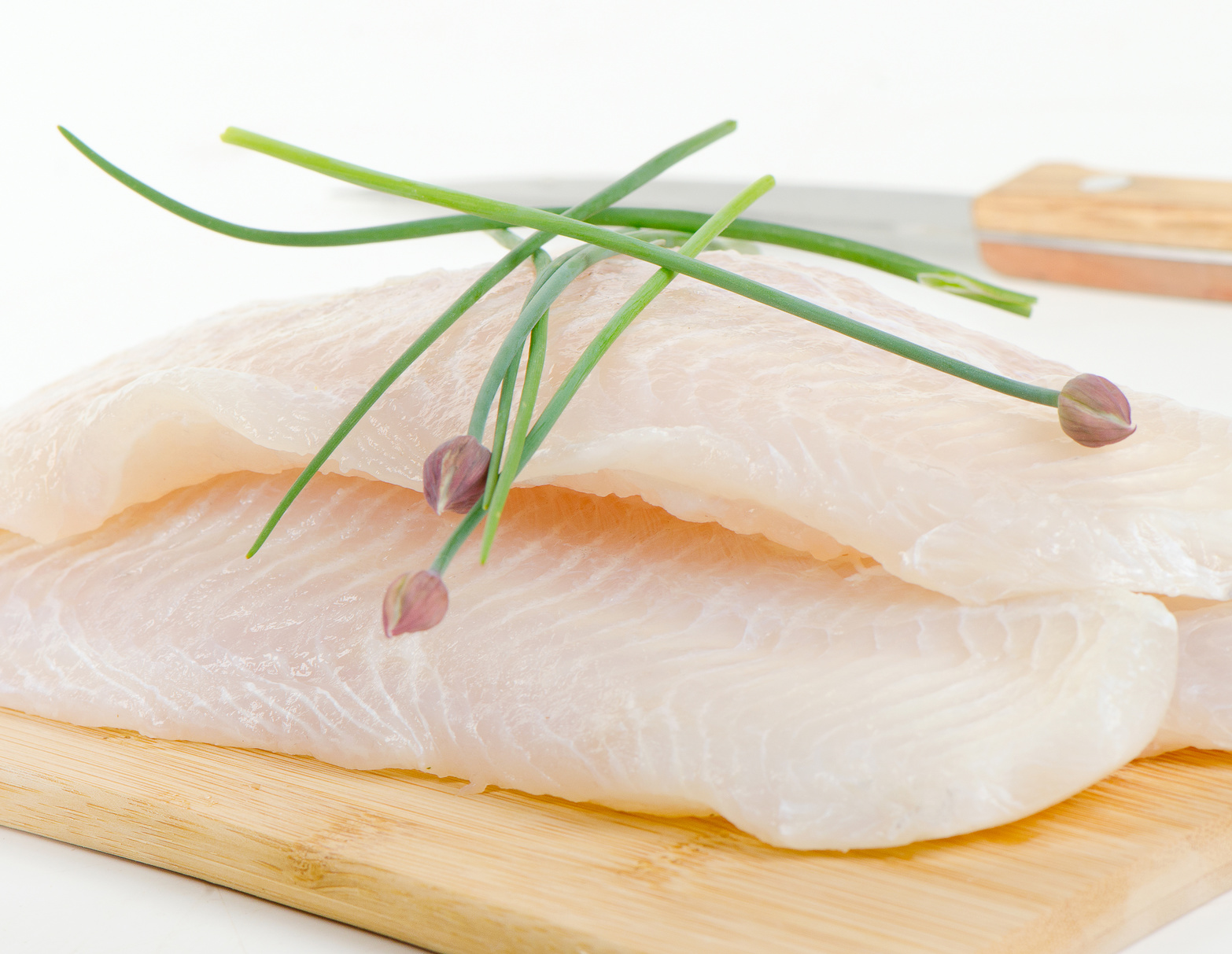Pangasius - June 2015

Viet Nam faces weakening demand in major markets and increasing competition from neighbouring countries.
In 2014, the world’s leading pangasius producer and exporter Viet Nam reported marginal profits primarily due to lower demand from the main markets, the EU and the USA. This weakening demand was somewhat made up for by higher exports to ASEAN countries, Latin America and the Middle East. As Vietnamese producers struggle with rising production costs, the country is also increasingly facing competition from neighbours in Southeast Asia, who are stepping up production for both local consumption and exports.
Viet Nam
For 2014, the Vietnam Association of Seafood Exporters and Producers (VASEP) announced a marginal profit of 0.4% in the export value of pangasius compared with 2013. Significant declines in export values were noted in the EU markets (-10.7%) and the USA (-11.5%). Germany, one of Viet Nam’s top export markets for pangasius, imported 12% less in value in 2014 compared with the previous year. Though Germany is the fourth-largest market for Vietnamese pangasius, the country has notably now had four straight years of declining imports of the product. VASEP attributes this trend to the negative media surrounding the product’s safety. However, at the same time, VASEP also reports that ASC certification of the country’s pangasius farms “has created a better image for pangasius in the mind of German consumers”.
In a related development, the Vietnam Pangasius Association (VNPA) recently signed a memorandum of understanding (MoU) with the Global Aquaculture Alliance (GAA). This MoU represents a joint collaboration towards responsible aquaculture in the pangasius industry in Viet Nam as well as globally through the exchange of information and research.
Meanwhile, the decline in Vietnamese exports to the two major markets seems to be offset by higher exports to other regions, namely to ASEAN countries (+9.4%), as well as to Latin America and the Middle East. Viet Nam is also facing competition with neighbouring countries in Southeast Asia, which are increasing production of the species. Indeed, an official source in Indonesia indicated that there was more than 400 000 tonnes of pangasius production in the country. Local production of fillets in Indonesia are also replacing products imported from Viet Nam.
Looking ahead, production of Vietnamese pangasius in 2015 is forecasted to remain stable at around 1.1-1.2 million tonnes, according to the Directorate of Fisheries under Ministry of Agriculture and Rural Development. With this stable production, exports are unlikely to show significant growth in the first quarter of 2015, though demand could possibly improve from the US market due to the Lent holiday.
USA
According to data from the US NMFS, total frozen catfish import volumes (pangasius and Ictalurus sp) in 2014 declined by 4.8% compared with 2013. Import volumes of frozen pangasius fillets, which make up the majority of the total frozen catfish imports to the USA (94%), declined by 4.1%, with Viet Nam as the main supplier. Frozen pangasius fillet imports increased from Bangladesh, Myanmar and China, though this marginal increase for the latter is not reflected in the table below. In the first quarter of 2015, imports of frozen fillets could possibly show growth as demand peaks for the Lent season during this period.
Imports of frozen Ictalurus fillets rose 20% during 2014, with China as the sole supplier (6 645 tonnes). Similarly, supplies of whole frozen pangasius were also higher by 91% with Viet Nam supplying the entire 556 tonnes in 2014.
EU
Quantitative imports of frozen pangasius fillets into the EU continued downhill in 2014 with a -9.2% decline, the fall largely from the major supplier Viet Nam by approximately 130 000 tonnes. Spain retained its position as the largest market within the block but only had a marginal (1%) rise in imports at 33 296 tonnes. Behind Spain, imports were led by the Netherlands, Germany and Italy, all of which decreased their imports in 2014. The UK imported 624 tonnes more during the period under review.
In a different trend, imports of whole frozen pangasius into the EU are increasing at a steady pace with 3 244 tonnes imported in 2014, nearly 3% more compared with 2013. The leading suppliers were Viet Nam, Indonesia, Thailand, Myanmar and Bangladesh.
Asia
Pangasius fillets clearly remain a popular product in Asia. According to national statistics, imports of frozen pangasius fillets to namely Singapore, Thailand, China, Malaysia, Taiwan Province of China, Hong Kong SAR, India, Japan and Republic of Korea, came to an approximate total of 65 000 tonnes, roughly a 16% increase over 2013. Despite rising volumes, average import prices into these markets indicate mixed trends. Though in most Asian markets prices were higher in 2014 than 2013, the average import price of frozen pangasius fillets in Japan was USD 3.35 per kg (-6%), which encouraged 1 317 tonnes more imports during the period. Similarly, lower import prices in India at USD 1.53 per kg (-10.5%) encouraged a 280% increase of frozen pangasius fillet imports, where the product is largely consumed by the hotel and restaurant trade.
Latin America
Latin America appears to have been one of the most lucrative regions for Vietnamese pangasius exporters for the year as the region imported 35% more frozen fillets in 2014 compared with 2013, reaching almost 120 000 tonnes. Notably, all Latin American markets showed positive growth in imports, with Mexico, Brazil and Colombia leading. Despite the suspension of pangasius imports from Viet Nam, Brazil’s imports increased in 2014 compared with the previous year.
Outlook
Official sources from Viet Nam report that production of pangasius is expected to remain stable due to rising production costs coupled with growing competition among producers in the region. Although imports slowed down in the major markets, namely the EU and the USA, demand in the first quarter of 2015 is expected to strengthen in both markets due to demand around the Lent holiday season.

